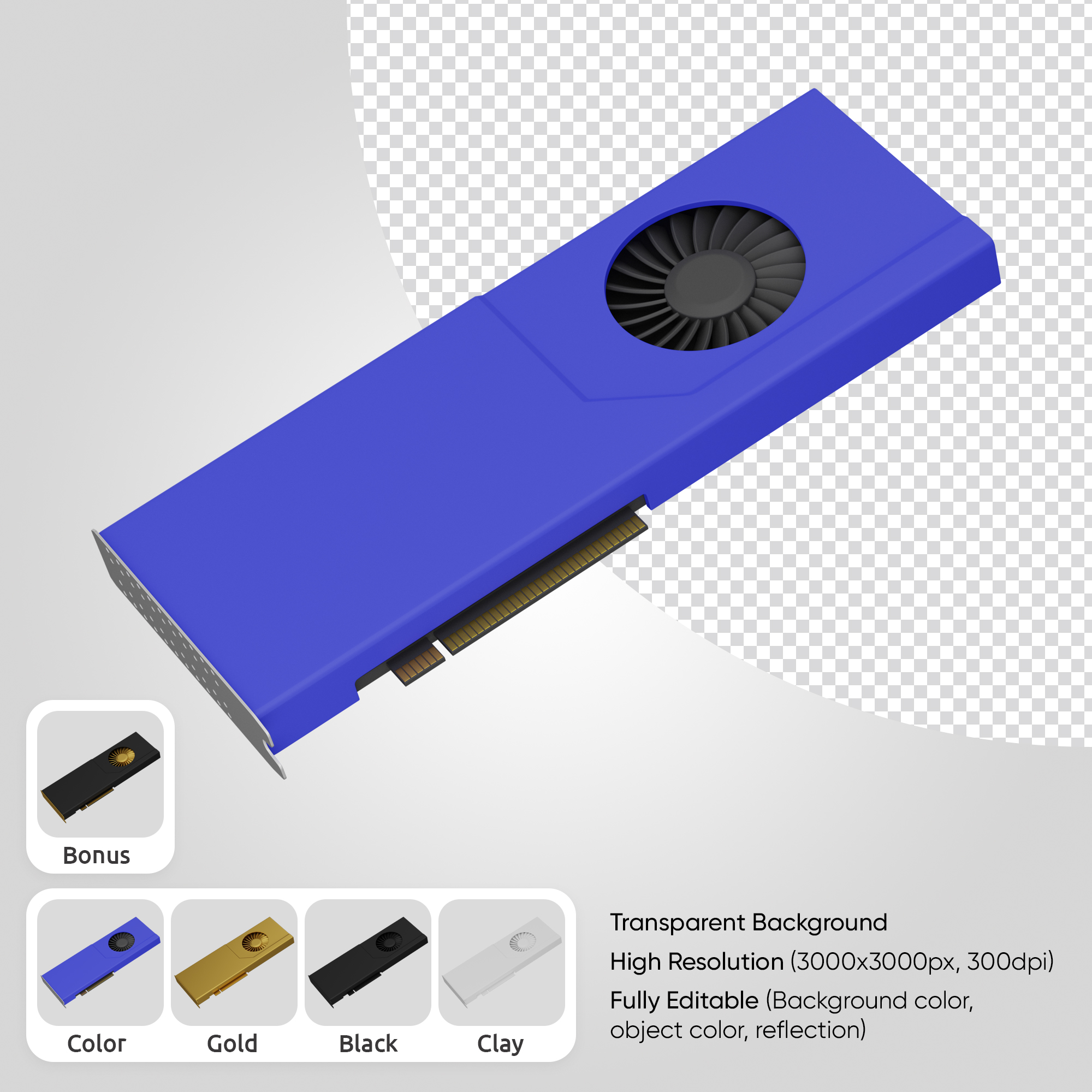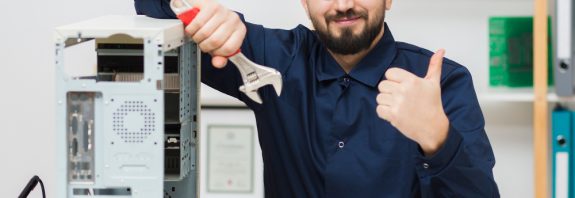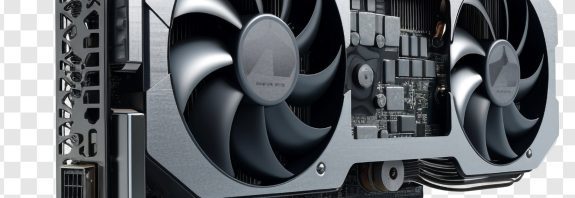Used Graphics Cards

Disadvantages of Buying Used PC Graphics Cards: Risks and Tips
Purchasing used components for your computer, particularly graphics cards, might seem like a cost-effective solution for those looking to save money. However, this approach comes with risks and drawbacks. In this article, we’ll explore the main disadvantages of buying used graphics cards for PCs and provide tips to mitigate them.
Used Graphics Cards and Lack of Warranty
One of the primary advantages of buying a new graphics card is the manufacturer’s warranty. In case of a malfunction or defect, you’re typically entitled to free repairs or a replacement. When purchasing a used graphics card, the warranty may have expired, leaving you without protection against potential issues.
Risk of Receiving a Faulty Graphics Card
Buying a used graphics card carries the risk of ending up with a defective or damaged unit. Even if the seller claims the card is functioning properly, this isn’t always reliable. Verifying the condition of a graphics card before purchase can be challenging, especially for those without sufficient technical expertise.
Limited Lifespan
Used graphics cards are electronic devices that wear out over time. When you buy a used one, you’re starting with a device that already has a reduced lifespan compared to a new unit. This could mean you’ll need to replace it sooner than expected, potentially increasing long-term costs.
Outdated Architecture and Technology
Graphics cards evolve rapidly, with newer models offering improved performance and support for the latest technologies. Opting for a used graphics card might result in acquiring an outdated device that can’t meet the demands of modern games or tasks.
Lack of Updates and Support
Graphics cards require driver updates and ongoing support for optimal performance. With a used card, you might encounter issues related to discontinued updates for your model or lack of compatibility with new operating systems and software.
Tips for Buying Used Graphics Cards:
- Check the Seller: Choose reputable sellers with a good track record and, if possible, the option to test the graphics card before buying.
- Ask About Usage History: Find out how long and under what conditions the graphics card was used.
- Perform Testing: If feasible, test the graphics card before purchasing to ensure it works correctly.
- Examine Photos Closely: Carefully review photos of the graphics card to spot signs of wear or damage.
When buying used graphics cards for your PC, it’s essential to consider these disadvantages and adopt a thorough approach to avoid unpleasant surprises and ensure your computer runs reliably.









